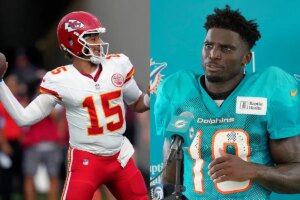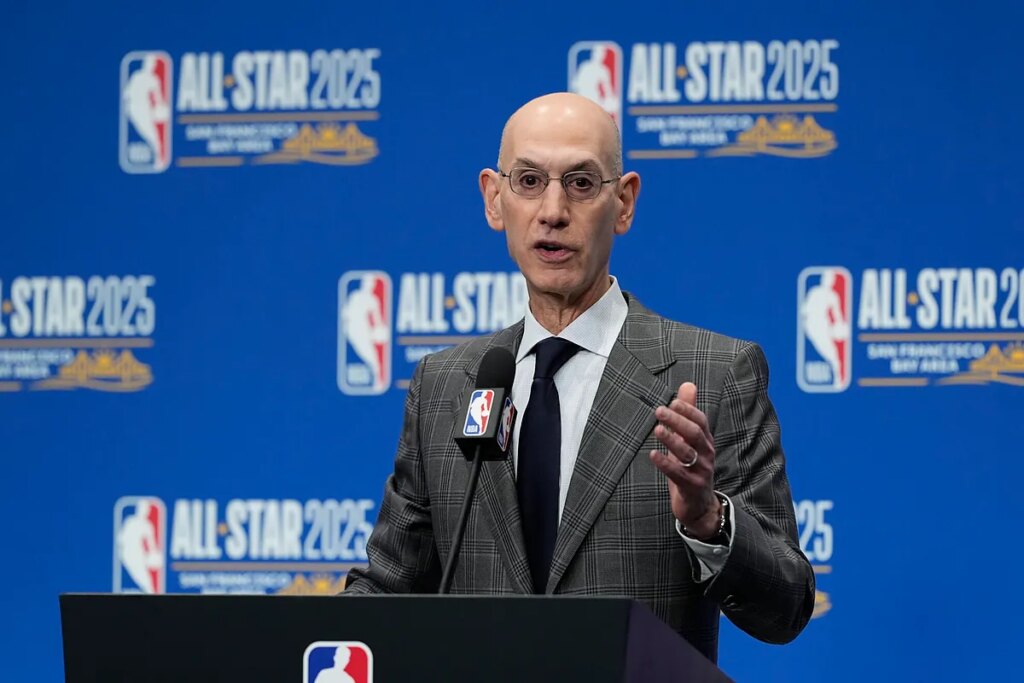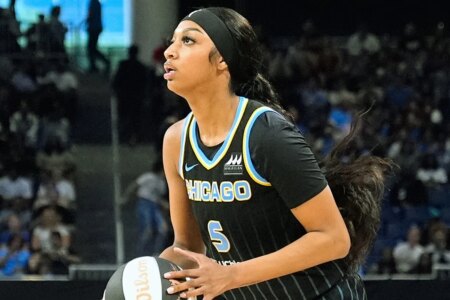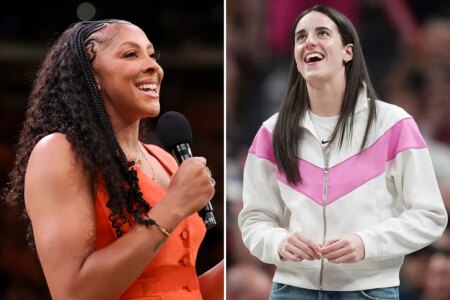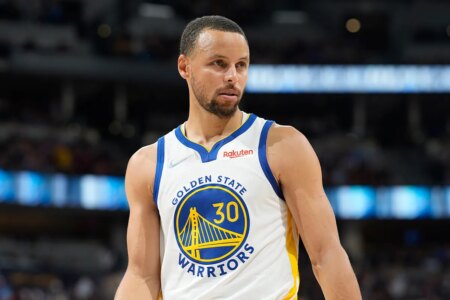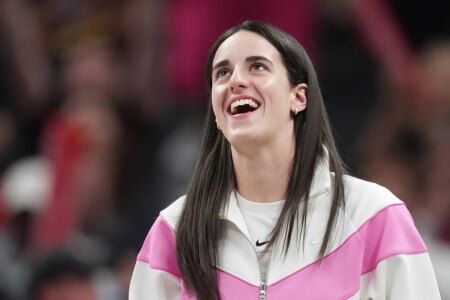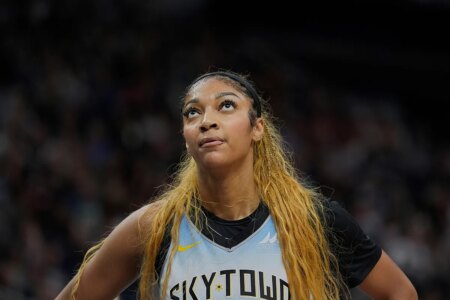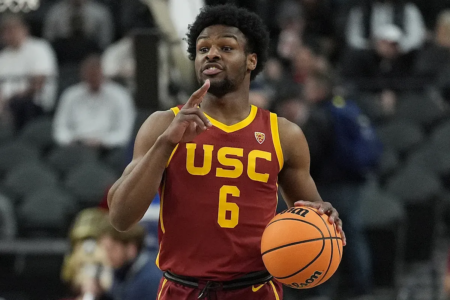When the NBA makes rule changes, it usually does so with the intent of improving the product for fans.
But its latest adjustment, meant to encourage more buzzer-beating attempts, has sparked a debate about stat-padding, accountability and the evolving culture of the game.
The league’s board of governors has officially approved a new rule that exempts players from having missed end-of-quarter heaves count against their individual field goal percentage.
Instead, those shots, launched from beyond 36 feet in the final three seconds of the first three quarters, will now count only as team attempts.
The idea is to incentivize more long-distance buzzer-beaters without penalizing players for what are essentially desperation shots.
While the NBA hopes to enhance entertainment value and loosen players’ hesitation to attempt such shots, not everyone is on board.
One of the most vocal critics has been former NBA champion Richard Jefferson, who did not mince words after the rule change was announced.
“This is cowardly,” Jefferson posted on X (formerly Twitter). “We don’t want it to count towards your %… UNLESS YOU MAKE IT. You want the positive without the potential for negative. PROFESSIONAL SPORTS 2025.”
Jefferson, who won an NBA title with the Cleveland Cavaliers in 2016 and played in multiple NBA Finals, believes the rule promotes a culture of selective accountability.
For Jefferson, the issue isn’t about shooting percentages or highlight plays-it’s about the principle of competition and what it means to truly play the game.
“There was a time when stats were earned, not curated,” he said during a recent podcast. “Now we’re changing the rules to make the numbers look prettier.”
Why the NBA made the change
The league’s rationale is straightforward: very few players actually attempt half-court heaves, and even fewer make them. Data from SportRadar shows that only about 4 percent of such shots were successful last season.
The reluctance is understandable. Many players have contract incentives tied to shooting efficiency. A missed 50-foot attempt can drag down their overall percentage, potentially affecting contract negotiations, bonuses or All-Star recognition.
To protect their stats, some players have even waited until after the buzzer to launch a shot, ensuring it wouldn’t count if missed. That behavior has made for awkward end-of-quarter sequences and frustrated fans who feel cheated out of potential highlight moments.
By removing the personal stat penalty, the NBA hopes to encourage more attempts and restore excitement in the final seconds of quarters-without negatively impacting a player’s numbers.
A symptom of a larger cultural shift?
While the rule change may seem minor, its implications run deeper. Critics like Jefferson argue it’s another example of the NBA catering to modern athletes’ sensitivities, placing personal branding and metrics above the raw competition.
“If you don’t want your stats to drop, don’t miss the shot,” one fan posted in response to the news. “You can’t cherry-pick what counts and what doesn’t.”
Others pointed out the inconsistency in letting made heaves count toward a player’s stats, while dismissing the misses.
What’s next for the NBA?
Commissioner Adam Silver says the rule is part of a broader push to improve the product. The league is also experimenting with a new All-Star Game format that would see three teams-two from the U.S. and one international squad-compete in a round-robin tournament.
Silver also confirmed that domestic expansion is still being explored, with Seattle and Las Vegas considered top candidates should the league grow beyond its current 30 teams.
As for the in-season tournament, the NBA Cup will soon see a format shift. Starting in 2026-27, semifinal games will be hosted at the home arenas of higher seeds instead of at a neutral venue, though the final will remain in Las Vegas.
Read the full article here



